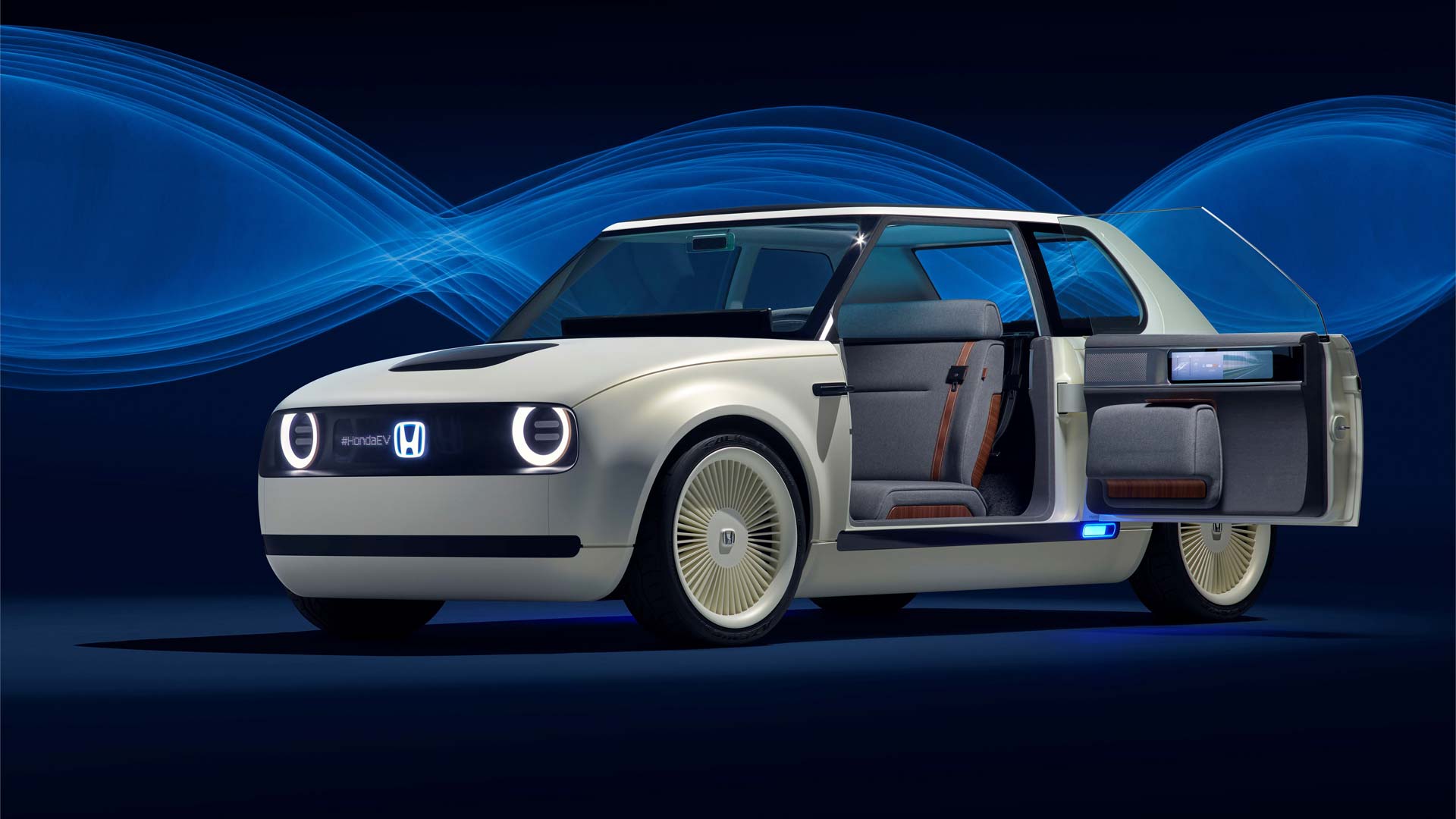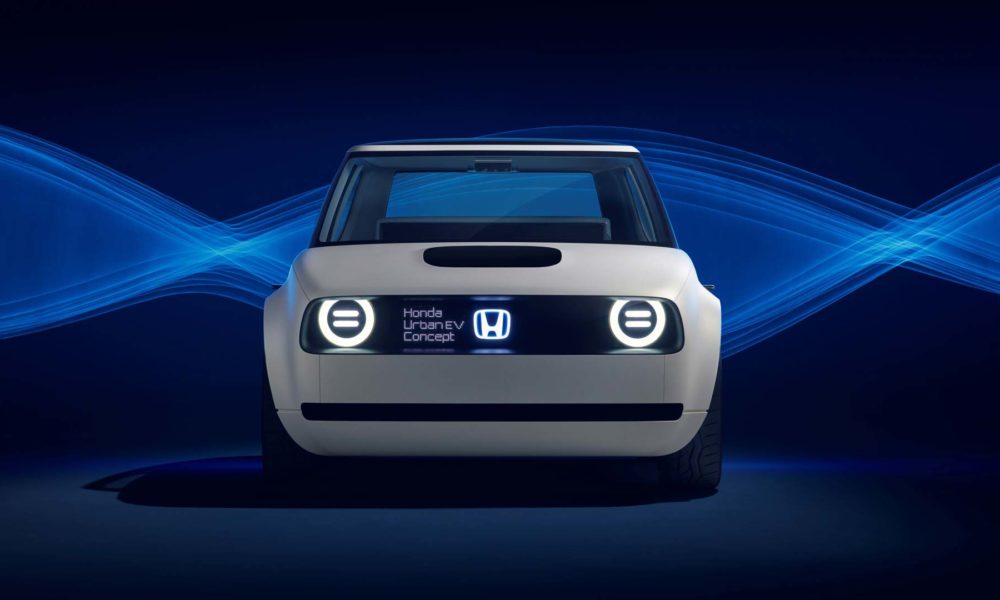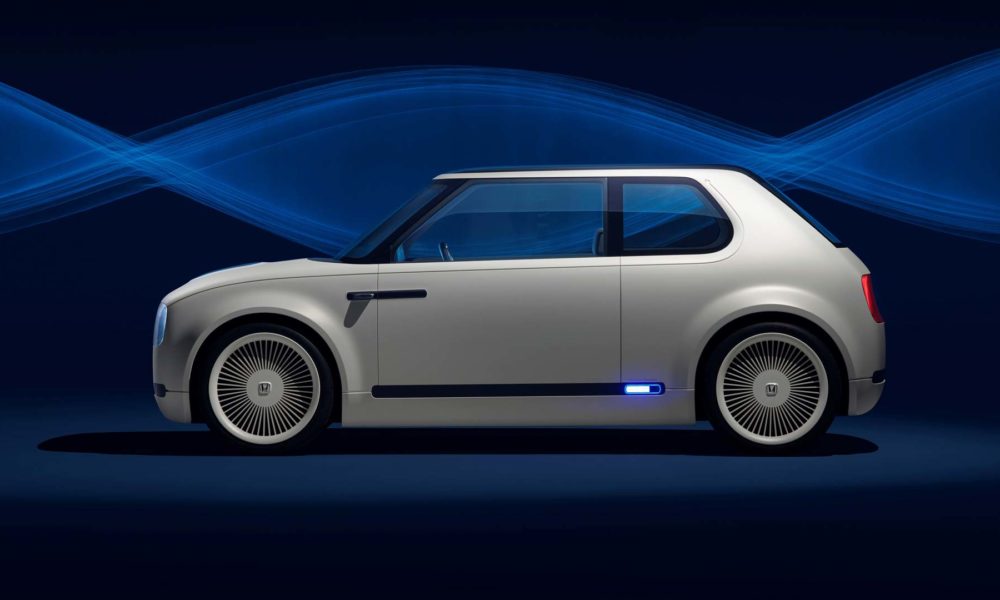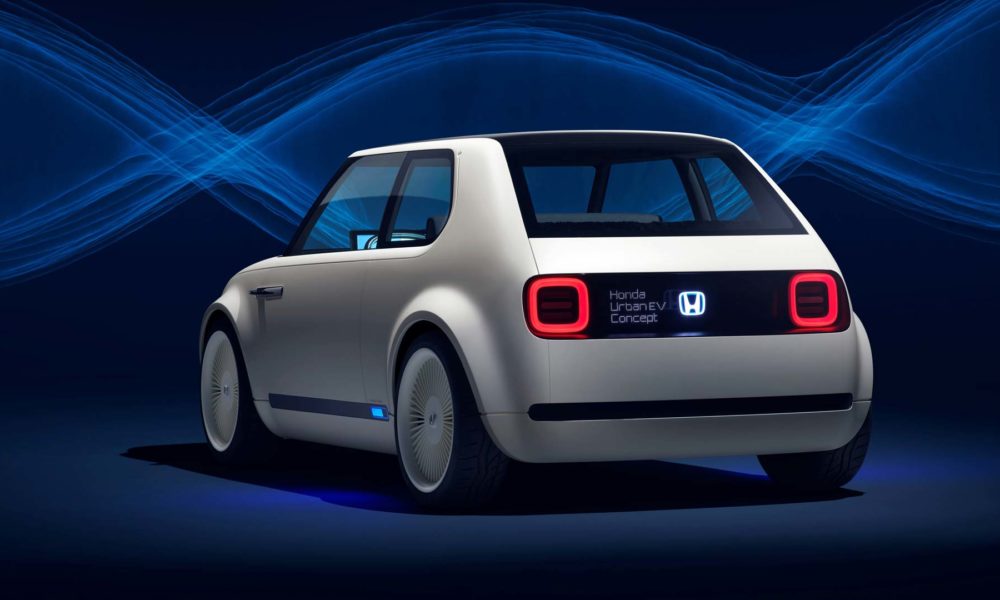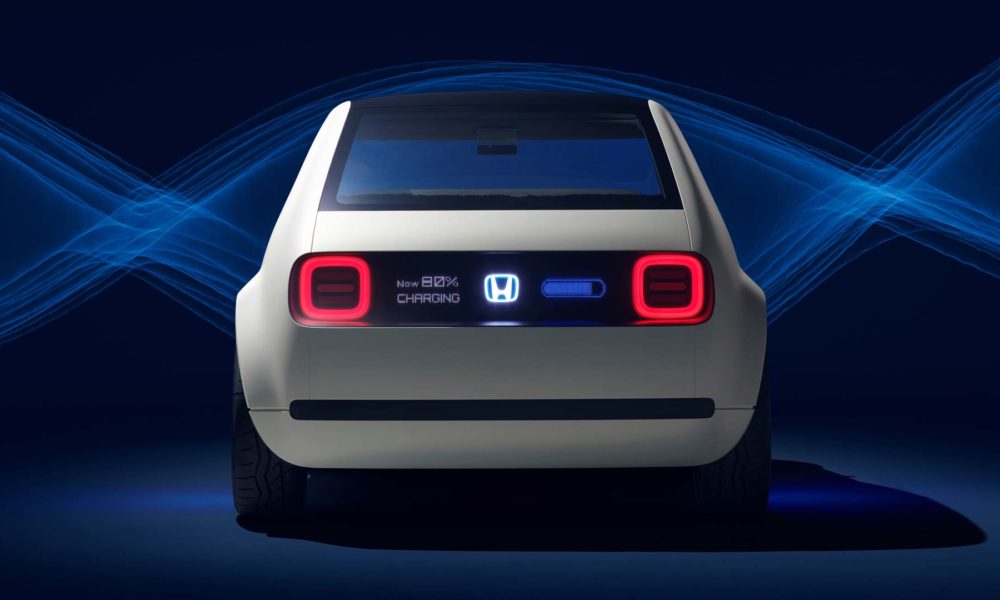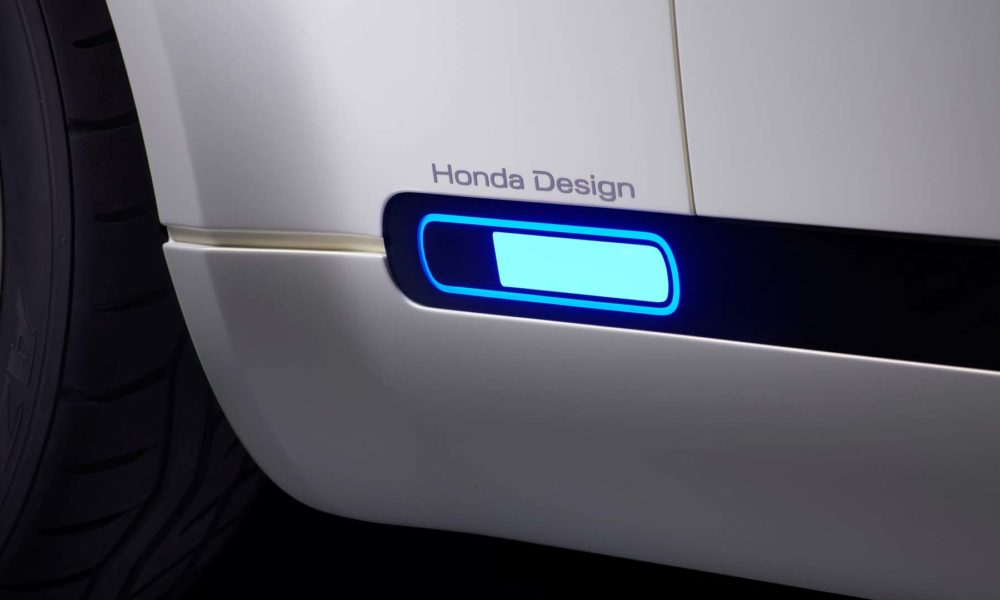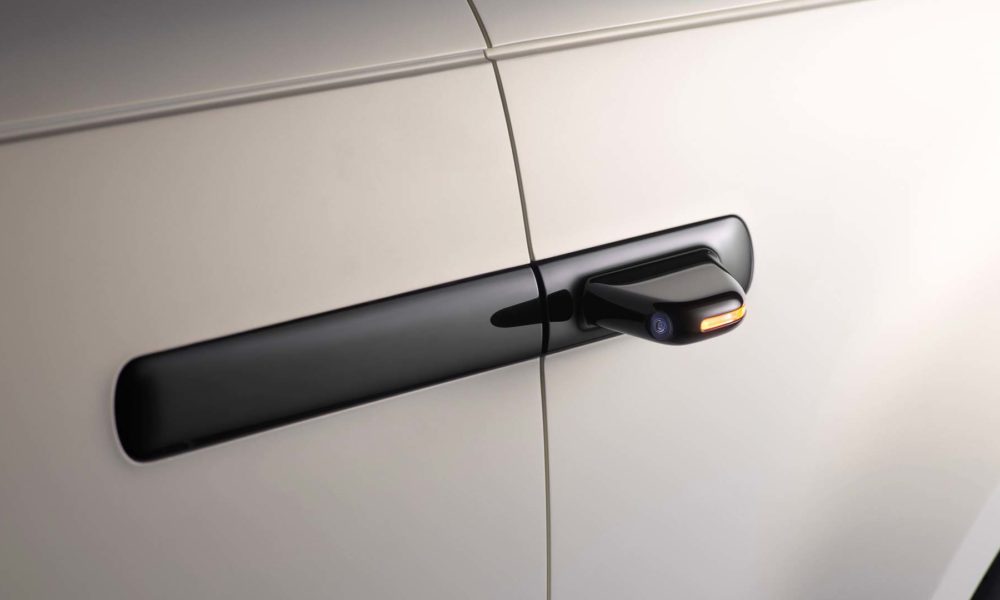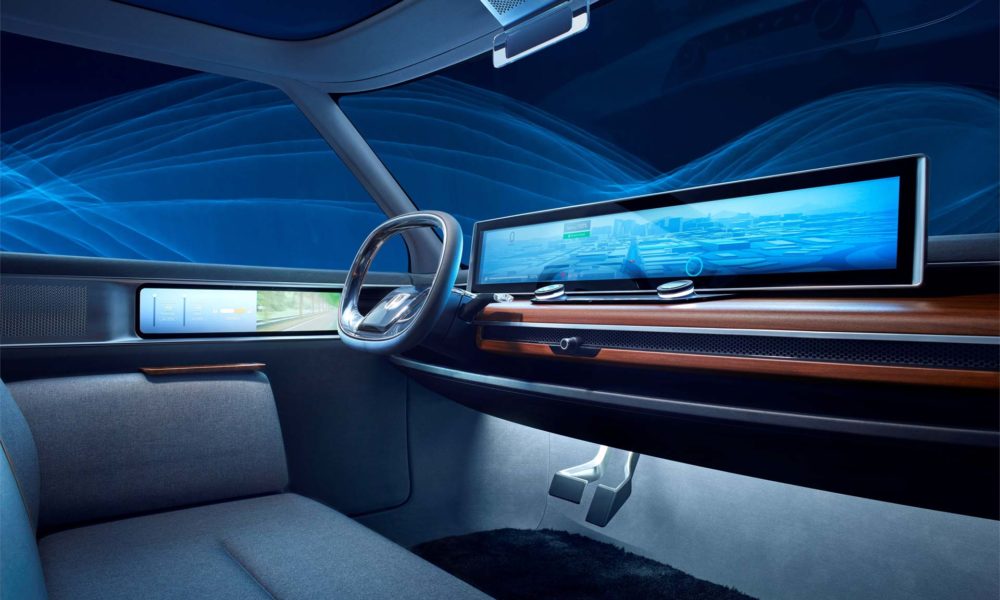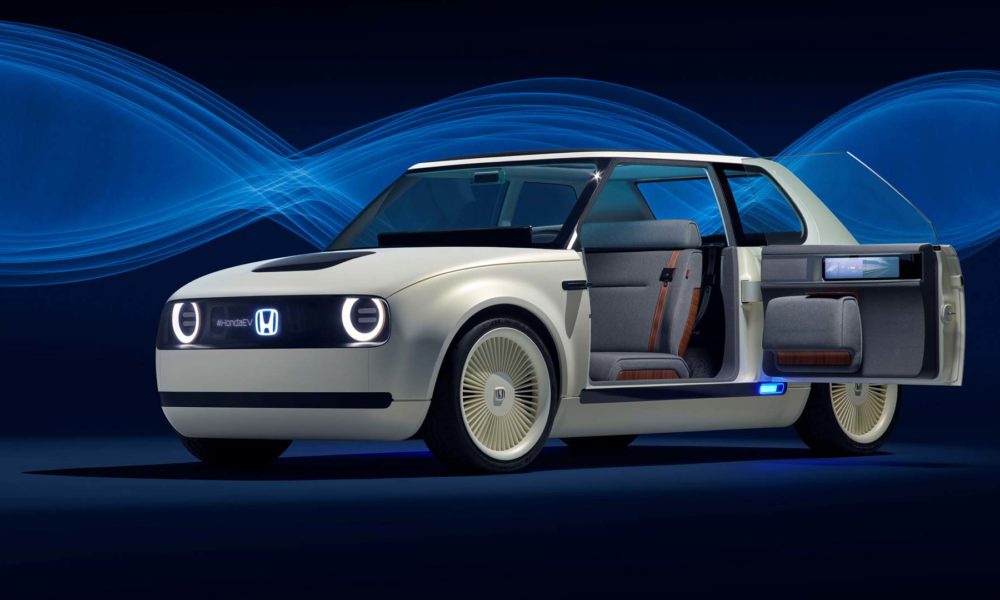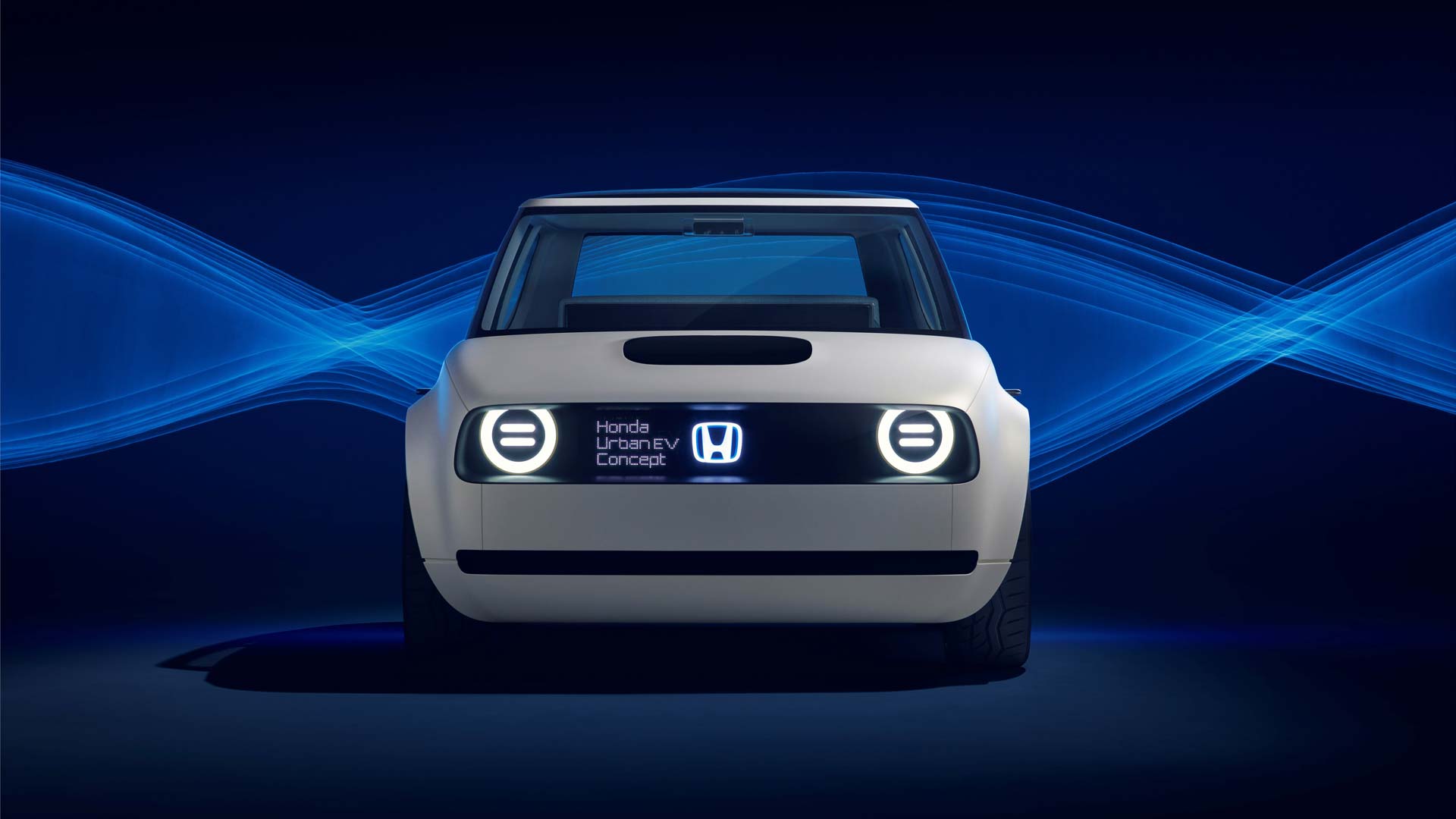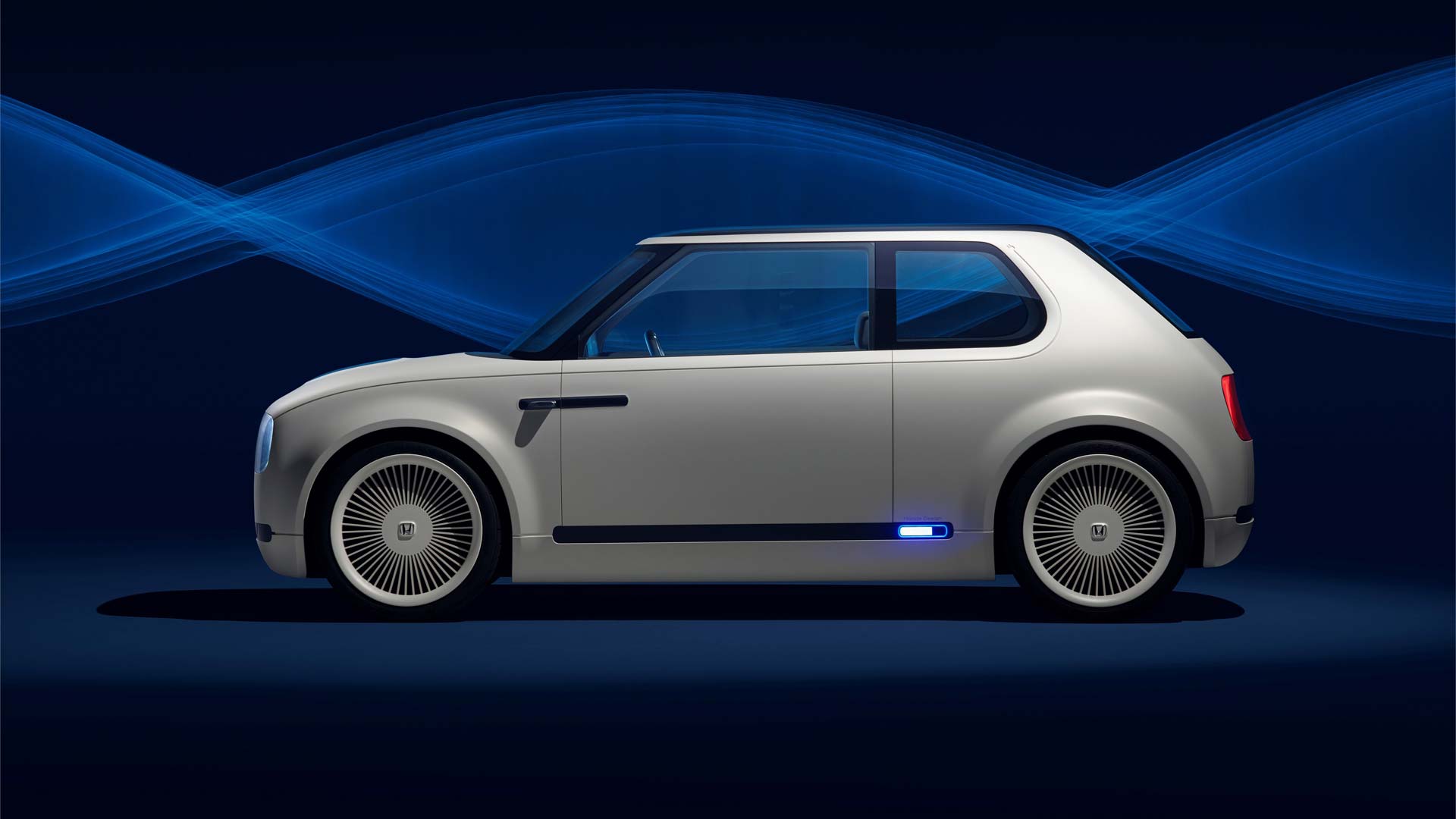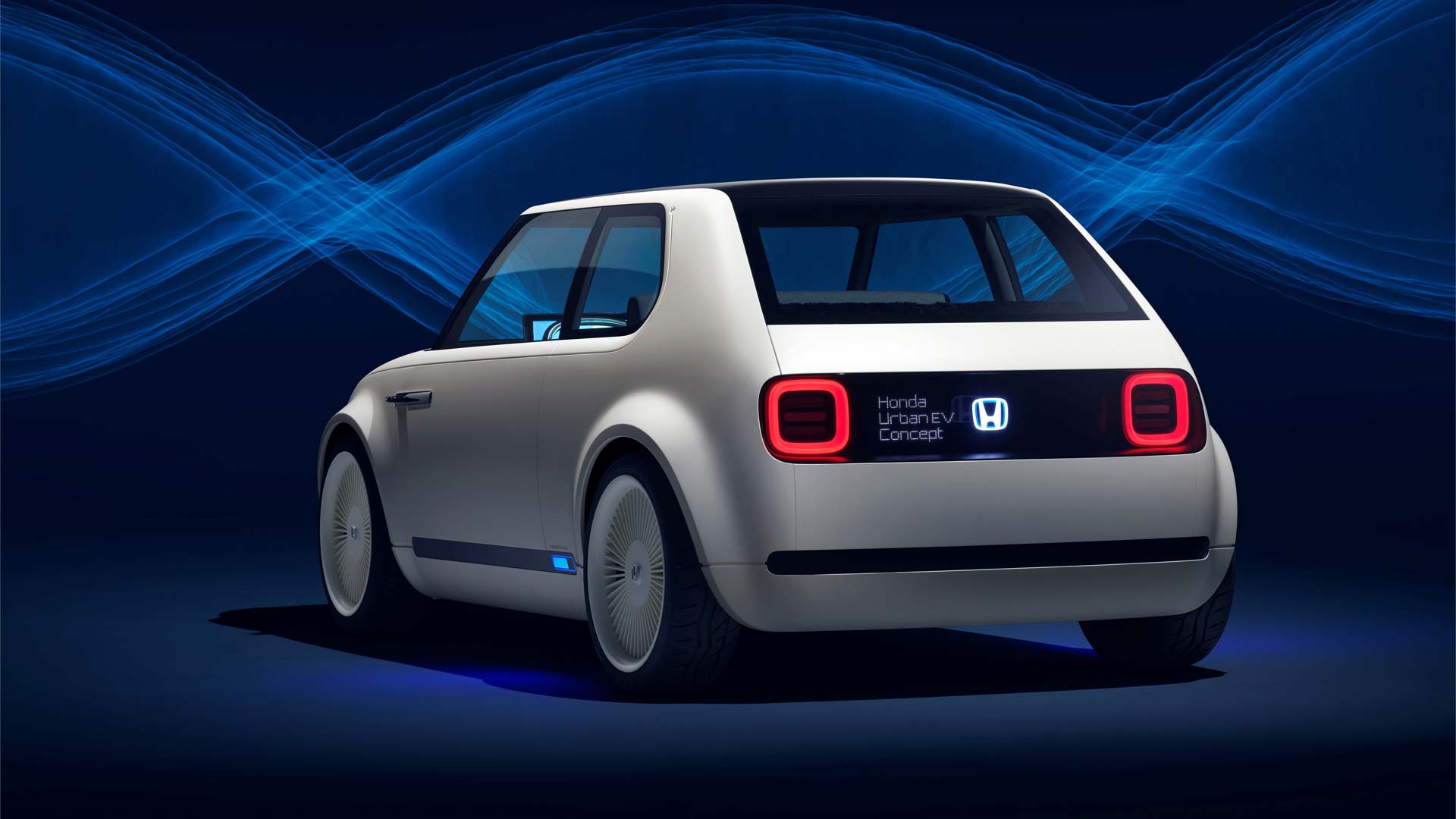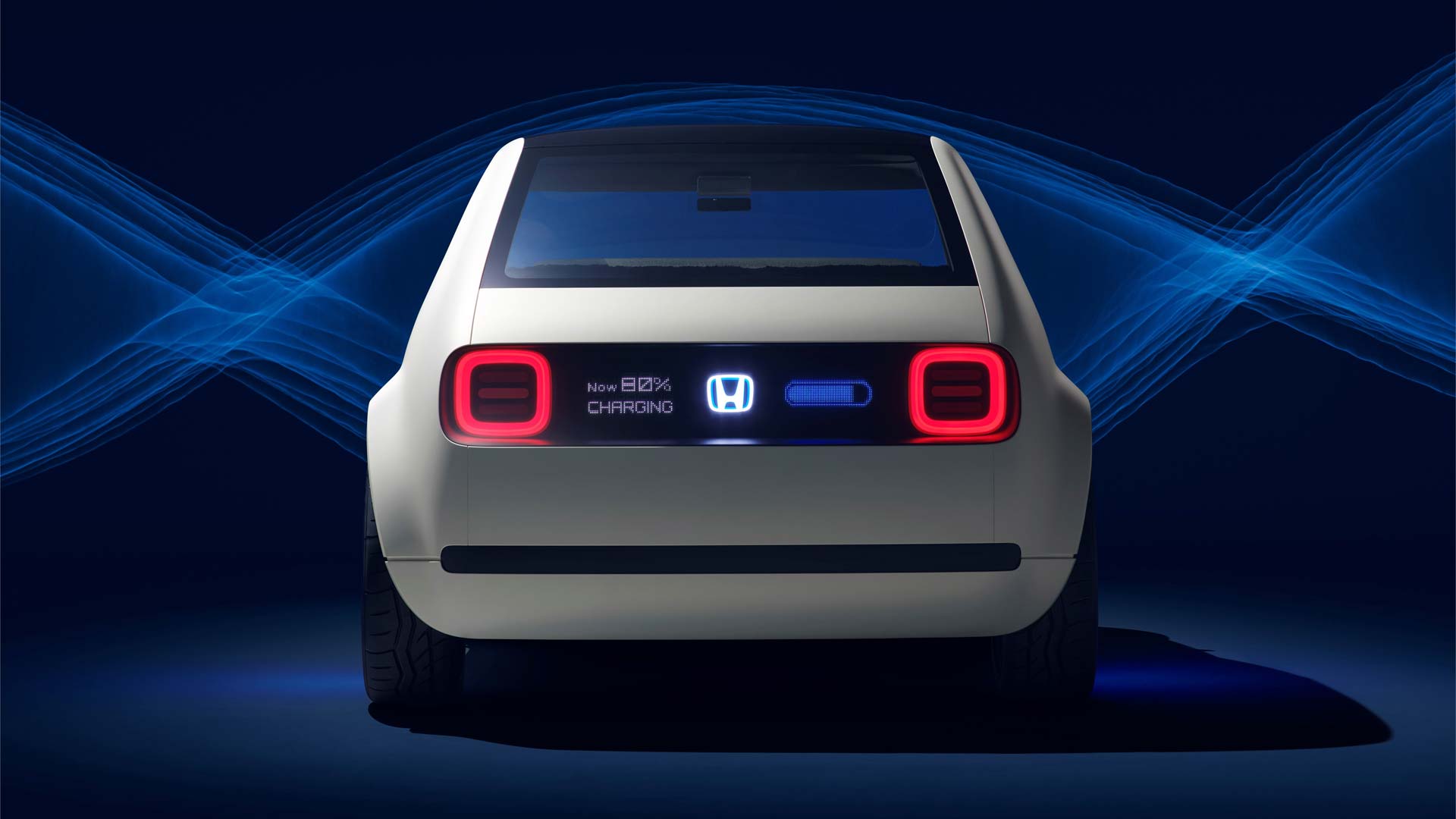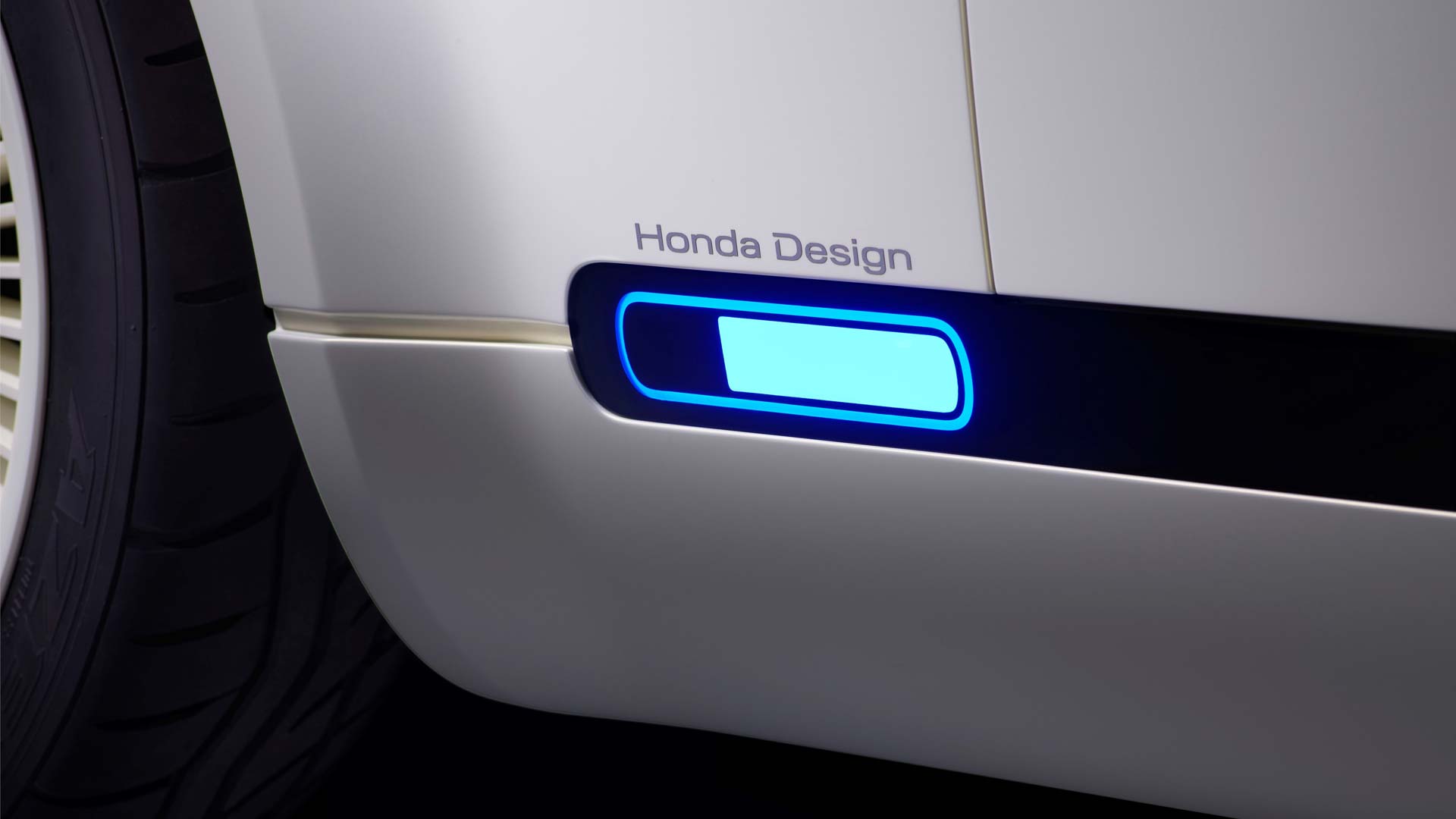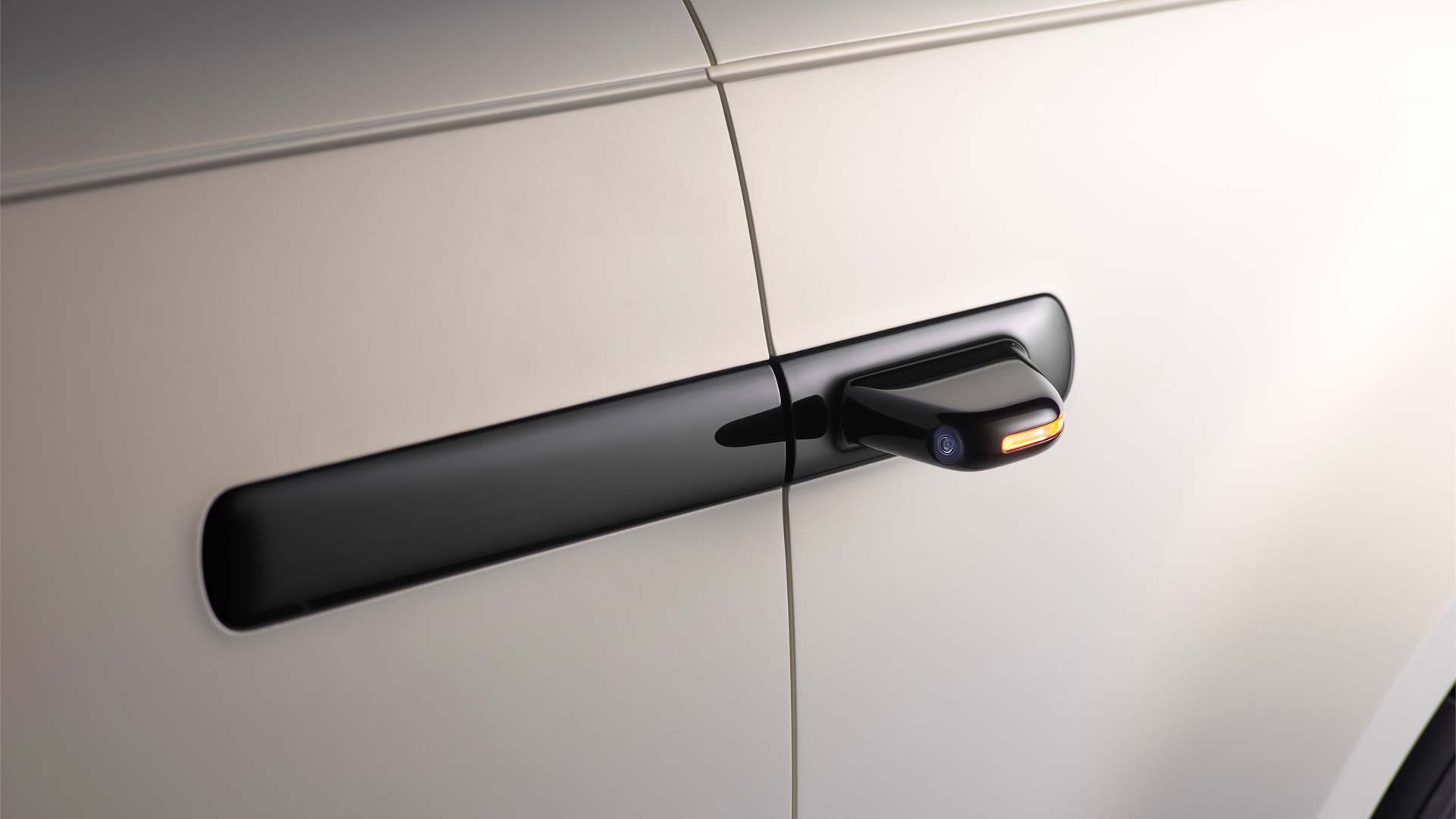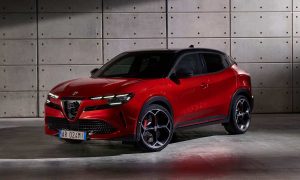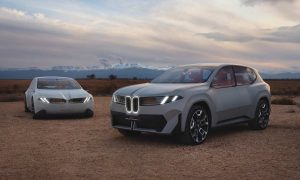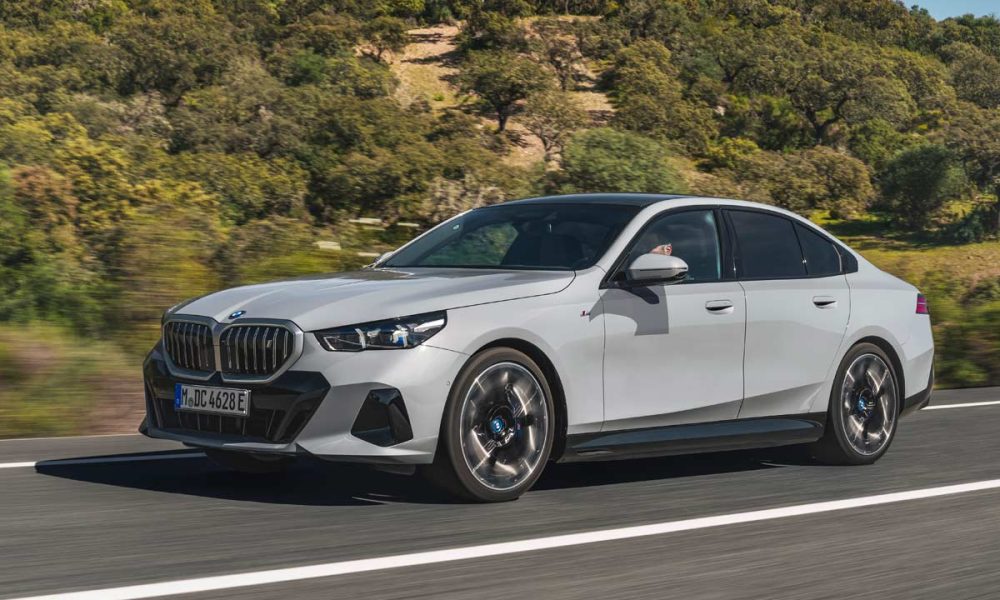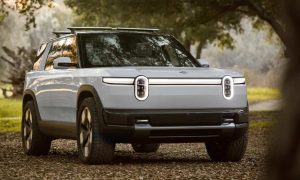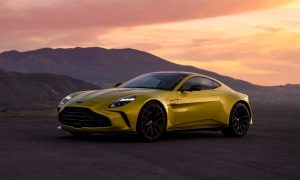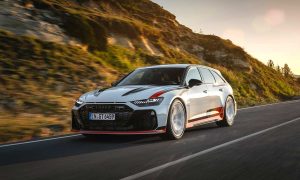At the 2017 Frankfurt Motor Show, Honda is showcasing the Urban EV concept, which according to the company, is built on a completely new platform and sets the direction for the technology and design that will appear on a future battery electric production model.
Meaning, you can expect a cute little production EV with a retro theme in 2019. Takahiro Hachigo, President and CEO, Honda Motor Co., said: “This is not some vision of the distant future; a production version of this car will be here in Europe in 2019,” confirming the launch within two years.
The car’s low and wide proportions give it a planted, muscular stance hinting a sporty driving performance. The EV’s length measures 100 mm shorter than the Jazz supermini. The Honda emblem on the concept is backlit in blue, which previews a new styling feature for the company‘s future EVs. At the front of the car, interactive multilingual messages can be displayed between the headlights, including greetings, advice for other road users, or charging status updates.
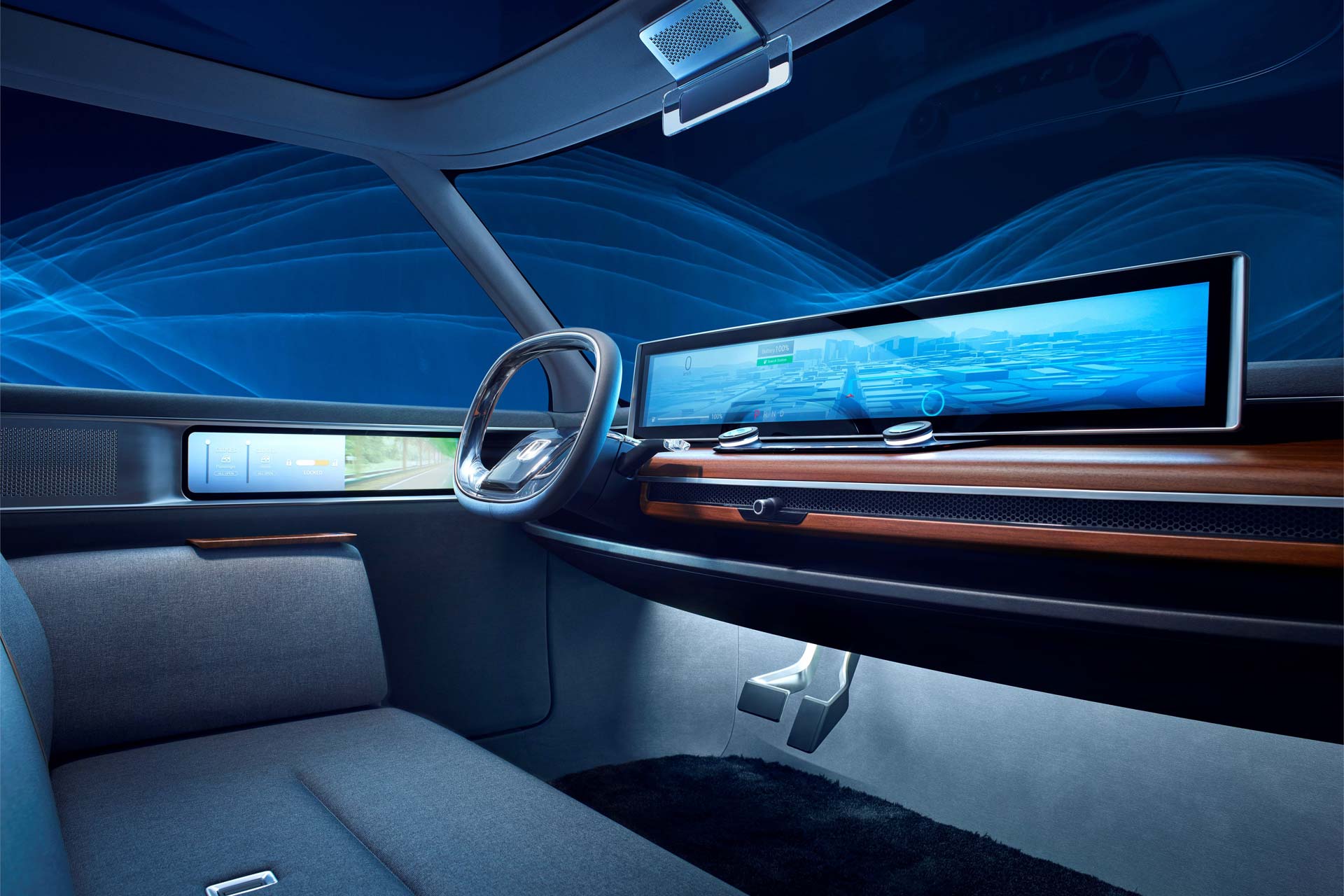
Stepping inside is made easy with the doors opening à la Rolls-Royce. There are bench seats, which presumably can accommodate three people. The front row is upholstered with natural grey fabric, with the seat backs, squabs and arm rests embellished with contemporary wood accents. The seatbelts for the rear bench are fixed in the middle of the seat, allowing the belt to retract out of the way before a passenger exits the car.
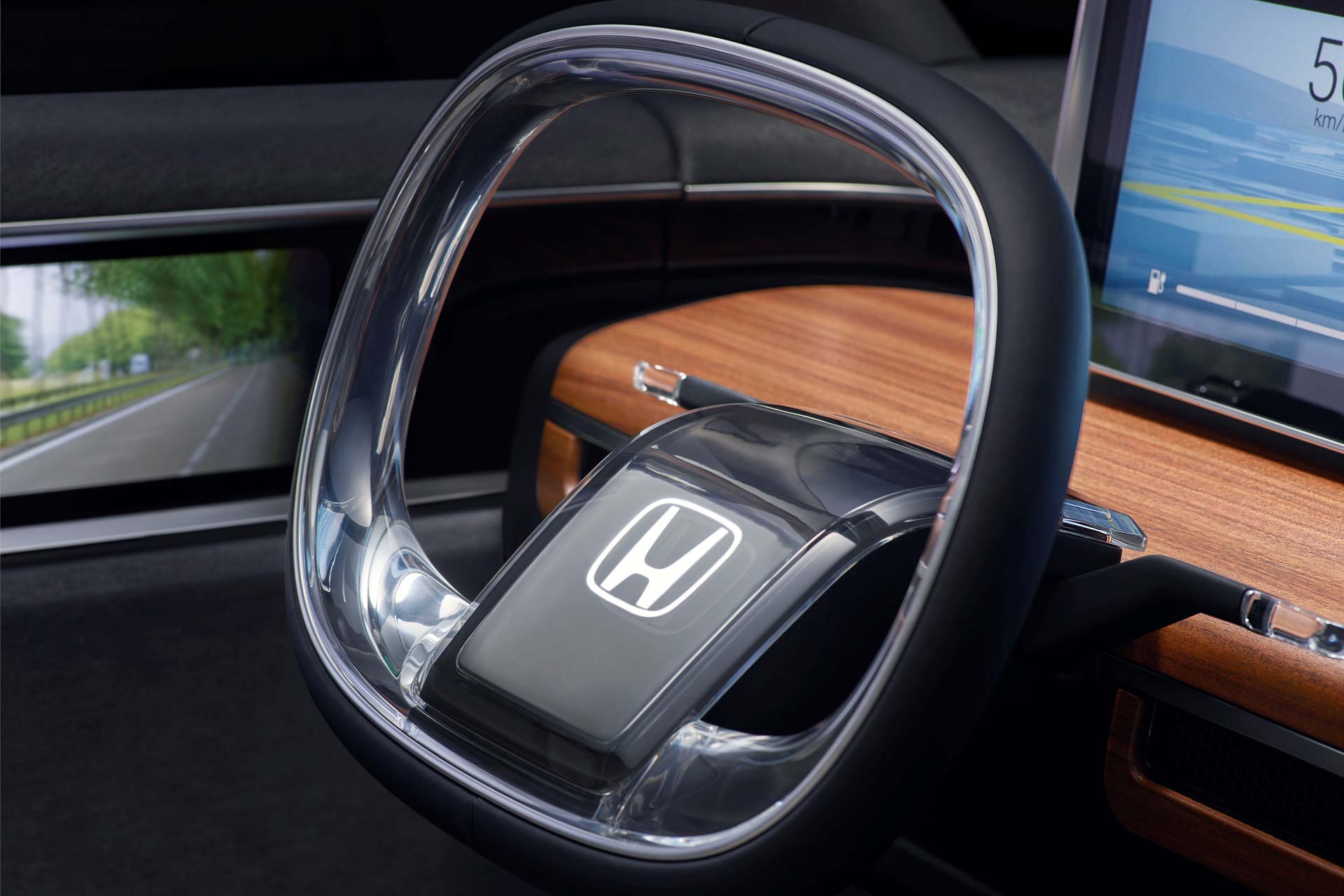
The same wood finish wraps around a large ‘floating’ dashboard console. This houses the steering wheel column, a set of simple control buttons, and a panoramic display screen. The dashboard itself is completed by a wrap-around screen that runs behind the console and extends into the doors. The main dashboard screen presents a range of vehicle information including the remaining battery level. Whilst the extended door displays function as the car’s wing mirrors, fed by the exterior cameras.
The EV’s on-board Honda Automated Network Assistant acts as a personal concierge, which learns from the driver by detecting emotions behind their judgments. It can then apply what it has learned from the driver’s past decisions to make new choices and recommendations, the company said.

Leave a Reply
Note: Comments that are unrelated to the post above get automatically filtered into the trash bin.
